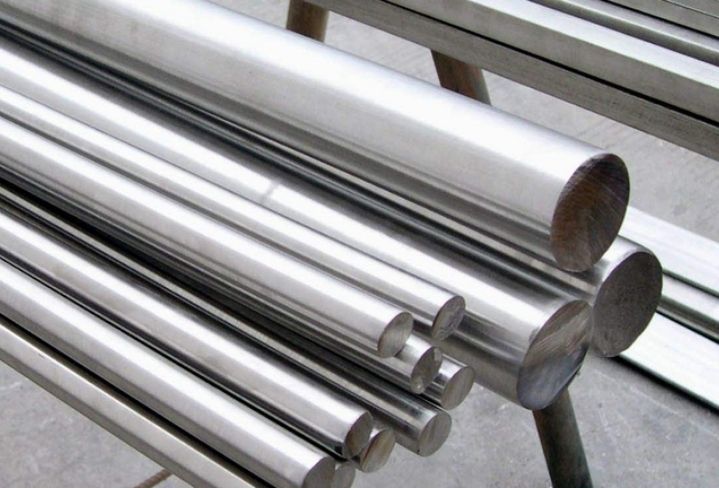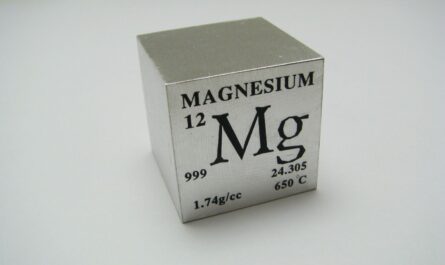Introduction
Carbon steel is one of the most widely used alloys in construction industry due to its versatility and cost-effectiveness. In this article, we will discuss in detail about carbon steel, its properties, uses, manufacturing process and impact on construction industry.
What is Carbon Steel?
Carbon steel is steel that contains up to 2.1% carbon by weight. The presence of carbon in steel enhances its strength and hardness compared to other forms of steel like mild steel. Carbon steel contains mostly iron along with varying amounts of carbon, manganese, silicon, phosphorus, sulfur and other trace elements. The exact composition is adjusted as per the requirement to impart desired mechanical properties in the finished product.
Composition and Grades of Carbon Steel
Carbon steel composition ranges from plain carbon steel to alloy carbon steel depending on the amounts of alloying elements in it. Some common carbon steel grades and their uses are:
– Plain carbon steel: Contains up to 0.3% carbon and is used for general construction such as beams, pipes, fittings etc. due to its hardness, strength and weldability.
– Intermediate carbon steel: Contains 0.3-0.6% carbon and finds applications where more strength is required like machines parts, rail tracks, etc.
– Alloy steel: Contains additional elements like chromium, nickel, copper or molybdenum along with 0.6-2.1% carbon. They have enhanced strength and corrosion resistance ideal for applications like gears, crankshafts and fasteners.
Manufacturing Process of Carbon Steel
The manufacturing process of carbon steel involves mixing of raw materials in required proportions in a basic oxygen furnace. The mixed charge is then melted at high temperatures to obtain the molten steel. Refining practices like alloy addition and slag removal are done to obtain steel of desired quality. The molten steel is then continuously cast into semi-finished shapes like billets, blooms and slabs. These are further processed by hot or cold working into finished products.
Uses and Applications of Carbon Steel in Construction
Due to its high strength, hardness, weldability and cost-effectiveness; carbon steel finds wide ranging applications in construction industry:
1. Structural Steel: Carbon steel is predominantly used for making structural elements like beams, columns, trusses, etc. for building construction due to its load bearing strength.
2. Rebar: Reinforcement bars used extensively in concrete structures like buildings, bridges, dams are usually made of carbon steel for its tensile strength.
3. Pipes and Fittings: Carbon Steel pipes and fittings are used for applications like water supply lines, sewage systems due to resistance to corrosion.
4. Machinery: Components of heavy machinery and equipment used in construction like bulldozers, cranes are manufactured from alloy carbon steels for durability.
5. Fasteners: Bolts, screws, nails used for joining and anchoring purposes are commonly available in carbon steel varieties.
Impact on Construction Industry
The widespread use of carbon steel for decades has had tremendous positive impact on the growth of construction sector:
– Availability and lower cost of carbon steel products enabled large scale, cost-effective construction globally.
– Carbon steel enabled engineering of taller, larger and more durable buildings, bridges and infrastructure projects.
– Driven innovations in steel making technology to produce carbon steel more efficiently in desired shapes and sizes.
– Created huge secondary industries for fabrication, machining and galvanizing of carbon steel products catering to construction needs.
– Established global supply chains for transportation and availability of carbon steel where required.
*Note:
1.Source: Coherent Market Insights, Public sources, Desk research
2.We have leveraged AI tools to mine information and compile it




